GuillainBarré syndrome (GBS) is a rare disorder in which a person's own immune system damages their nerve cells, causing muscle weakness and sometimes paralysis GBS can cause symptoms that usually last for a few weeks Most people recover fully from GBS, but some people have longterm nerve damage In very rare cases, people have died of Covid can trigger rare paralyzing disease GuillainBarré syndrome in rare cases, study finds GuillainBarré syndrome can cause paralysis and leave patients in crippling pain Study suggested illness was linked to Covid in rare cases Authors say virus can sometimes cause wasting disease By Joe Davies For UKTNFor nearly 60% of patients, the first signs of GuillainBarré syndrome appear five days to three weeks after an infection, surgery, or vaccination In more than 50% of cases, GBS is caused by a

Altered Mental Status In Guillain Barre Syndrome A Noteworthy Clinical Clue Mulroy Annals Of Clinical And Translational Neurology Wiley Online Library
Guillain-barre syndrome patient uk doctor
Guillain-barre syndrome patient uk doctor-The incidence rate is around 1 – 2 per 100,000 of the population – so in the UK one might expect 1300 cases a year However, epidemics may occur for example after the South American Zika virus epidemic in 16 What causes GuillainBarré syndrome? GuillainBarré syndrome is a rare disease in which the immune system races and the body attacks its own nerves Common symptoms of the rare disease include weakness and tingling in the limbs As patients' condition worsens, it can lead to paralysis of parts of the body – or in some cases the whole body




Guillain Barre Syndrome Physiopedia
GAIN is the only organisation dedicated to helping people affected by GuillainBarré syndrome (GBS), CIDP and the associated inflammatory neuropathies throughout the UK and Ireland For information & support, contact us Office Helpline UK 0800 , ROI 1800 Monday to Friday 9am3pmObjectives To determine the incidence, treatment, and outcome of GuillainBarré syndrome in south east England Methods Patients presenting with confirmed GuillainBarré syndrome between 1 July 1993 and 30 June 1994 were recruited via a voluntary reporting scheme coordinated by the British Neurological Surveillance Unit, hospital activity data collected from acute admittingGuillainBarré syndrome (GBS) is an inflammatory polyradiculoneuropathy associated with numerous viral infections Recently, there have been many case reports describing the association between coronavirus disease19 (COVID19) and GBS, but much remains unknown about the strength of the association and the features of GBS in this setting
About 15% of those suffering from GBS develop weakness of the muscles involved in controlling breathing movements, which leaves them at risk of experiencing respiratory distress This emergency condition requires prompt hospitalisation and temporary support from a ventilator machine until the acute episode subsides In a UK study of 47 SC2GBS patients, the prevalence of GBS did not increase between March and May as compared to the years 16–19 On the contrary, a retrospective, multicentre study from northern Italy of 34 SC2GBS patients showed that the estimated incidence of GBS in March and April increased from 093//year inGBS Support Group of the UK History Page 1 of 4 The History of GuillainBarré Syndrome Landry's Ascending Paralysis Descriptions of progressive numbness and weakness over a short period followed by spontaneous recovery exist in medical papers of the early 19th century
GuillainBarré syndrome is a rare nerve disorder that occurs when the body's own defenses (immune system) attack part of the peripheral nervous system Symptoms usually start with numbness or tingling in the fingers and toes, followed by muscle weakness in the legs, arms, and other muscles that develops over a period of days to weeks and can progress to complete The recipients developed GuillainBarré syndrome, which can cause paralysis and leave patients in crippling pain All four cases were spotted in the Nottingham area, where around 700,000 people It often presents with symptoms that include tingling or numbness (beginning in the toes and fingers), weakness of the arms and legs, loss of deep tendon reflexes (areflexia), fatigue, and abnormal sensations CIDP is closely related to GuillainBarre syndrome and it is considered the chronic counterpart of that acute disease



Exploring The Experiences Of Having Guillain Barre Syndrome A Qualitative Interview Study The Lincoln Repository
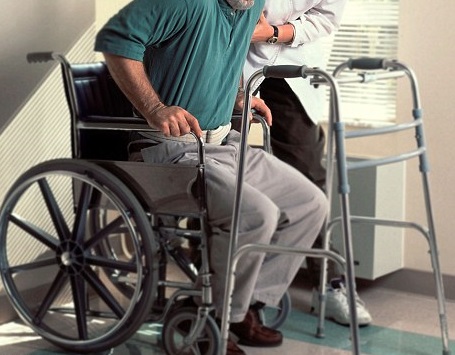



Guillain Barre Syndrome Germany Pdf Ppt Case Reports Symptoms Treatment
The syndrome is rare, affecting about one in 100,000 annually in the UK and US Fewer than ,000 cases are diagnosed per year in the US, according toGuillainBarré syndrome (GBS) is a rare serious disorder where your body's immune system attacks your nerves It starts in the feet, hands and limbs, and causes numbness, weakness and pain The condition can usually be treated, but it does cause longterm problems for some people It occurs in all age groups, but older people are most affectedGuillain–Barré syndrome is a rapidonset muscle weakness caused by the immune system damaging the peripheral nervous system Typically, both sides of the body are involved, and the initial symptoms are changes in sensation or pain often in the back along with muscle weakness, beginning in the feet and hands, often spreading to the arms and upper body The symptoms




Guillain Barre Syndrome And Coronavirus What You Should Know
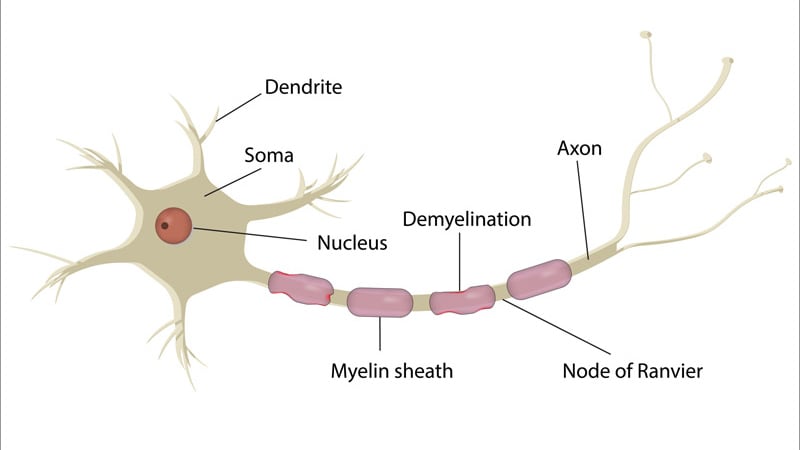



First Case Of Covid 19 Presenting As Guillain Barre Reported
A recent study by the Oxford University Press has found that a COVID19 infection may trigger GuillainBarré syndrome in patients The symptoms of COVID19 have drastically changed over the course of the pandemic What was once considered a purely respiratory disease, has now been established as a viral infection with several longterm As of the 11 August 21, in the UK there have been 3 reports of GBS following AstraZeneca (AZ) vaccination and 23 reports of Miller Fisher syndrome, a variant of GBS which causes abnormal The weakness seen in GBS usually comes on quickly and worsens over hours or days Symptoms are usually equal on both sides of the body (called symmetric) In addition to weak limbs, muscles controlling breathing can weaken to the point that the person must be attached to a machine to help support breathing




Do I Have Guillain Barre Syndrome Top Doctors




Coronavirus Vaccine Side Effects Guillain Barre Syndrome How Risky Is Guillain Barre Syndrome The Nervous System Disorder Identified As A Covid 19 Vaccine Side Effect
Sept 24 (UPI) People with COVID19 may be at increased risk for developing GuillainBarre syndrome, a study published Friday by the journal Brain found Eleven of 49 patients with the rare disorder in which the immune system attacks the nerves recently suffered from COVID19, the data showed Among theGuillainBarre Syndrome presents with acute neuromuscular paralysis developing of one to several days Remember that many patients present with back ache and muscular pains, and sensory signs may be subtle despite the pain and may be limited to loss of joint position sense Tendon reflexes may be preserved early on the illnessExplore Kathy Werdal's board "Guillian Barr'e syndrom" on See more ideas about guillain barre syndrome, barr, barre
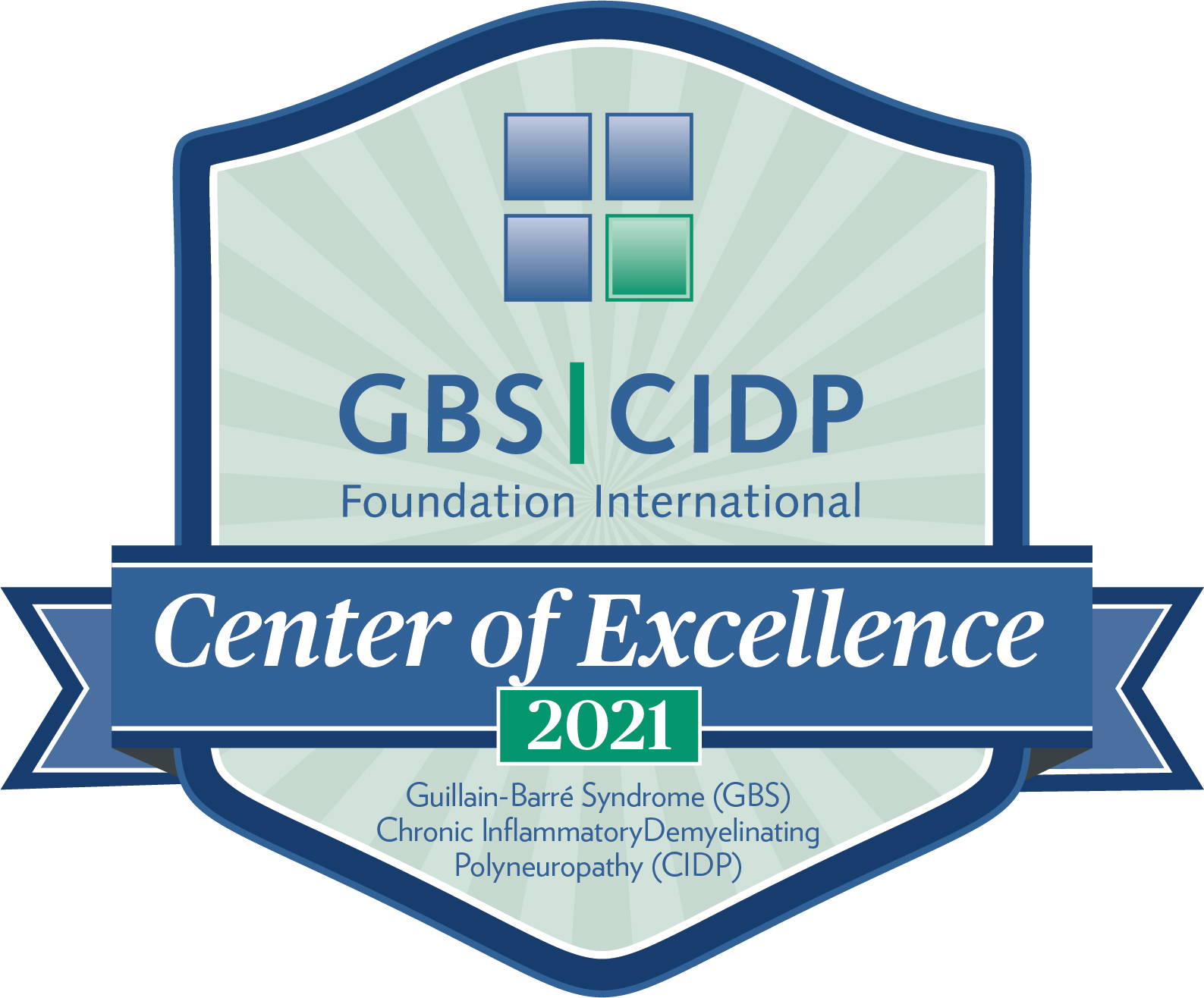



Centers Of Excellence Gbs Cidp Foundation International



Family Struggling With Woman S Numbing Rare Guillain Barre Syndrome
GuillainBarré syndrome is a peripheral neuropathy that causes acute neuromuscular failure Misdiagnosis is common and can be fatal because of the high frequency of respiratory failure, which contributes to the 10% mortality seen in prospective studies1 Our understanding of the wide spectrum of the disease and its pathogenesis has increasedApproximately 80%–90% of patients with GBS become nonambulatory during the illness15,16 Pain is prominent in 50% of patients16,17 Neurological examination is characterized by distal and often proximal, relatively symmetrical, weakness GuillainBarré Syndrome GuillainBarré syndrome affects the nerves of the limbs and body and is usually triggered by an infection The main symptom is weakness of the muscles that are supplied by the affected nerves It requires immediate hospital admission as it can rapidly become very serious
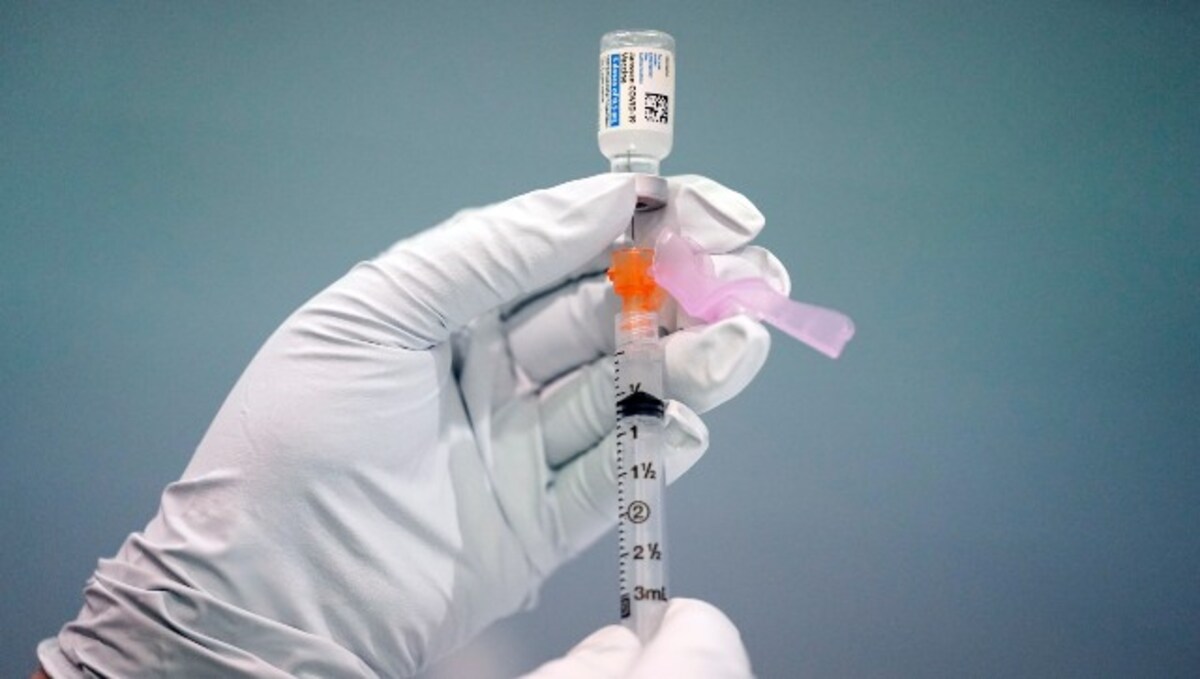



What Guillain Barre Syndrome Is Why Johnson Johnson S Covid 19 Vaccine Is Linked To Neurological Reaction Symptoms And Treatment




Prevalence And Outcomes Of Guillain Barre Syndrome Among Pediat Ndt
GuillainBarré syndrome typically occurs a few days to a few weeks after bacterial or viral infections Campylobacter jejuni , Haemophilus influenzae , Mycoplasma pneumoniae , and Epstein Barr virus are common culprits Fortunately, there's little to suggest that SARSCoV2 is a cause During the first wave of the covid19 pandemic, the incidence of GuillainBarréThe usual trigger for GBS is an infection of which the most common are Covid could be an occasional trigger of GuillainBarré syndrome (GBS), a study has claimed The autoimmune disease, which can leave patients paralysed and in crippling pain, has also been linked to coronavirus vaccines in extremely rare cases Coronavirus itself is not listed as a known trigger of the condition by the National Health Service, even though other infections are




The Effects Of Guillain Barre Syndrome Youtube



Patients Experiences And Perceptions Of Guillain Barre Syndrome A Systematic Review And Meta Synthesis Of Qualitative Research
GuillainBarre syndrome is an acute inflammatory polyneuropathy that is classified according to symptoms and divided into axonal and demyelinating forms Twothirds of patients have a history of gastroenteritis or influenzalike illness weeks before onset of neurological symptoms Associated with Zika virus outbreaksThe GBSCIDP Foundation is committed to sharing the most accurate information from the world's leading experts, many from our Global Medical Advisory Board The COVID19 situation changes daily and we will continue to share updates that are vetted by the experts in GBS In addition, we are in regular contact with the FDA representing theGuillainBarré syndrome (GBS) is a rare, rapidly progressive disease due to inflammation of the nerves (polyneuritis) causing muscle weakness, sometimes progressing to complete paralysis GBS affects about one or two people each year in every 100,000 population Its exact cause is unknown




Diagnosis And Management Of Guillain Barre Syndrome In Ten Steps Nature Reviews Neurology




What Is Guillain Barre Syndrome Science News
Miller Fisher syndrome is a rare acquired nerve disease considered to be a variant of GuillainBarré syndrome The main features are lack of muscle coordination (ataxia), eye muscle weakness resulting in the inability to move the eyes in several directions (ophthalmoplegia), and the absence of tendon reflexesSymptoms often start several days after a viral illnessResults CRP by LAT was positive affecting the peripheral nervous system in 244% GBS group, 34% NC group and 44% NNC group The range of titer and is believed to be triggered by infectious in CRP positive samples in the three patient groups (GBS, NC, NNC) was at concentration of 06 mg/dl to 192 mg/dlGuillainBarré syndrome is thought to be caused by a problem with the immune system, the body's natural defence against illness and infection Normally the immune system attacks any germs that get into the body But in people with GuillainBarré syndrome, something goes wrong and it mistakenly attacks the nerves



Plos One Functional Outcomes And Efficiency Of Rehabilitation In A National Cohort Of Patients With Guillain Barre Syndrome And Other Inflammatory Polyneuropathies




Ongoing Support And Rehabilitation Are Crucial For Patients With Guillain Barre Syndrome Who Need Prolonged Ventilation Neurodiem
Covid may trigger rare paralysing condition GuillainBarré syndrome in rare cases, study claims Covid could be an occasional trigger of GuillainBarré syndrome (GBS), a study has claimed The autoimmune disease, which can leave patients paralysed and in crippling pain, has also been linked to coronavirus vaccines in extremely rare cases GuillainBarré syndrome (GBS) is a condition affecting the nerves that control our senses and movements (peripheral nerves) including the facial nerve They leave the brain and spinal cord and carry impulses to and from the rest ofSymptoms of GuillainBarre syndrome include pins and needles, numbness and weakness in the legs and arms In mores serious cases the bladder, breathing and facial muscles may be affected Around 80% of people recover and numbness begins to recede and strength begins to come backThe time taken for recovery to occur is very variable taking weeks




Guillain Barre Syndrome Outbreak Associated With Zika Virus Infection In French Polynesia A Case Control Study The Lancet




Diagnosis And Management Of Guillain Barre Syndrome In Ten Steps Nature Reviews Neurology
How common is GuillainBarré syndrome?GuillainBarré syndrome is the most common and most severe acute paralytic neuropathy, with about 100 000 people developing the disorder every year worldwide Under the umbrella term of GuillainBarré syndrome are several recognisable variants with distinct clinical and pathological features The severe, generalised manifestation of GuillainBarré syndrome with respiratoryProblems with balance and coordination
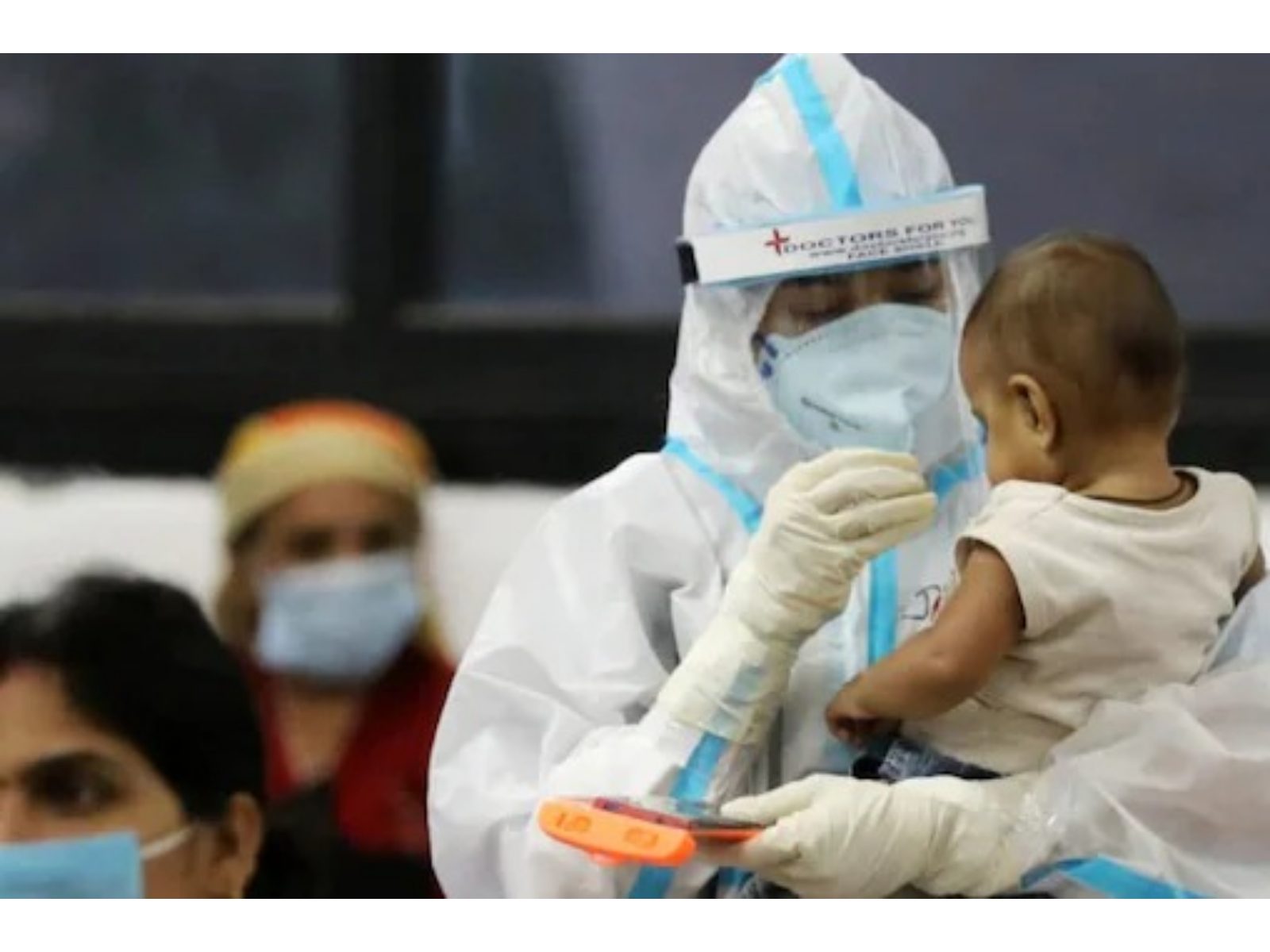



Covid 19 May Be Linked To Risk Of Guillain Barre Syndrome Study




Guillain Barre Syndrome Physiopedia
The list of repercussions caused by COVID has added another illness as a new study suggests possible links between the Coronavirus and the GuillainBarré syndrome (GBS) According to a report by Daily Mail , UK's National Health Service has not accredited COVID with the GBS, however, analysing patterns in patients from different countries As patients' conditions worsen, this can lead to parts of the body — or in some cases the whole body — being paralysed The syndrome is rare, affecting about one in 100,000 annually in the UK and US Fewer than ,000 cases are diagnosed per year in the US, according to the National Institute of Neurological Disorders and StrokeOur help is available for everyone, whether you are the patient or close to someone who has been diagnosed with one of these conditions Helpline UK 0800 374 803 / Republic of Ireland 1800 806 152 Our helpline is free, and is available during office hours (Monday to Friday, 9am3pm)
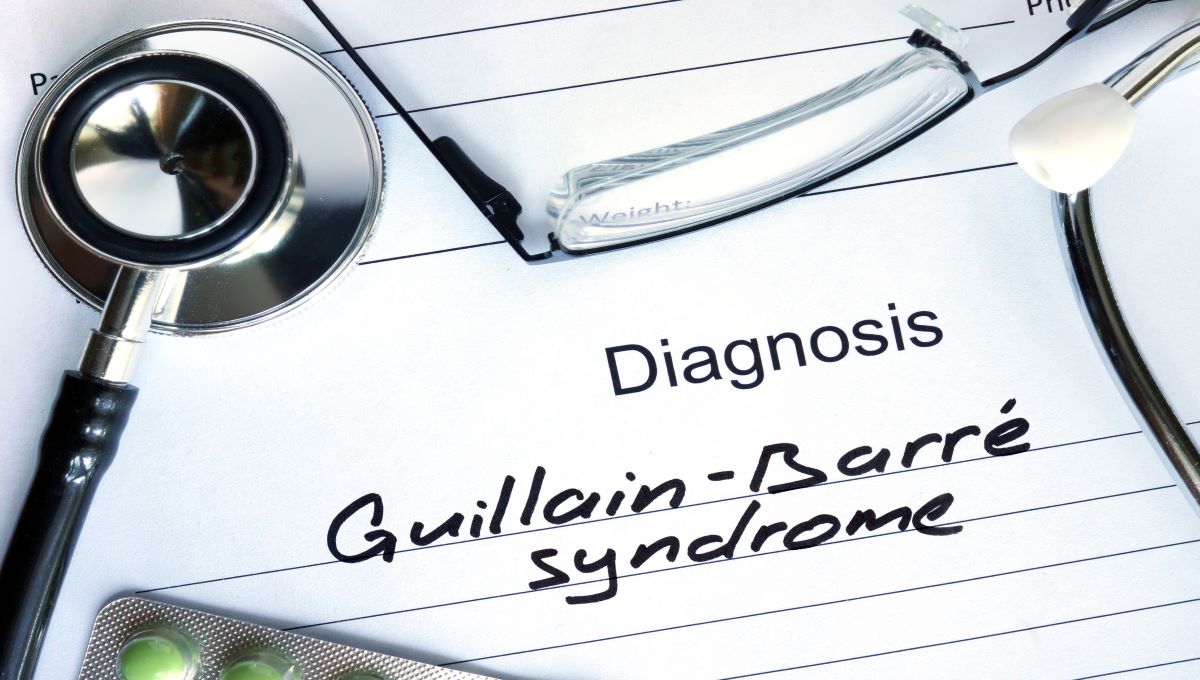



Man Paralyzed After Suspected Complications From Food Poisoning Food Safety News




Covid Neuro Network Guillain Barre Syndrome Cases And Patients On Immunomodulators Youtube
Joint Trust Clinical Guideline for Monitoring of patients with Guillain–Barré Syndrome (GBS) 1 FVC < 15mL/ Kg BW In the fatigued patient, an FVC fall to 18 mL/Kg BW may suffice to ventilate 2 Hypoxia or hypercapnia 3 Consider intubation in patients with bulbar weakness, diminished cough and signs of dysautonomia Clinical audit standards3 Discussion GBS is a welldescribed inflammatory polyradiculoneuropathy often associated with infection Patients classically present with variable, progressive, ascending muscle weakness, absent deep tendon reflexes, paresthesias, and dysautonomia 8,9Indeed, COVID19 has been reported to be associated with GBS and it has been hypothesized that it shares a similarGuillainBarré syndrome affects people of all ages but it is more common in adults and males Symptoms of GuillainBarré syndrome Symptoms often start in your feet and hands before spreading to your arms and legs At first you may have numbness;




Treatment Dilemmas In Guillain Barre Syndrome Journal Of Neurology Neurosurgery Psychiatry




Altered Mental Status In Guillain Barre Syndrome A Noteworthy Clinical Clue Mulroy Annals Of Clinical And Translational Neurology Wiley Online Library




The Guillain Barre Syndrome And The 1992 1993 And 1993 1994 Influenza Vaccines Nejm
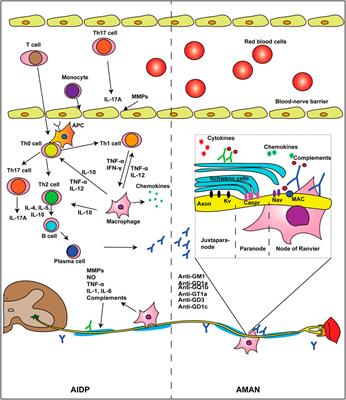



Frontiers Intensive Care And Treatment Of Severe Guillain Barre Syndrome Pharmacology
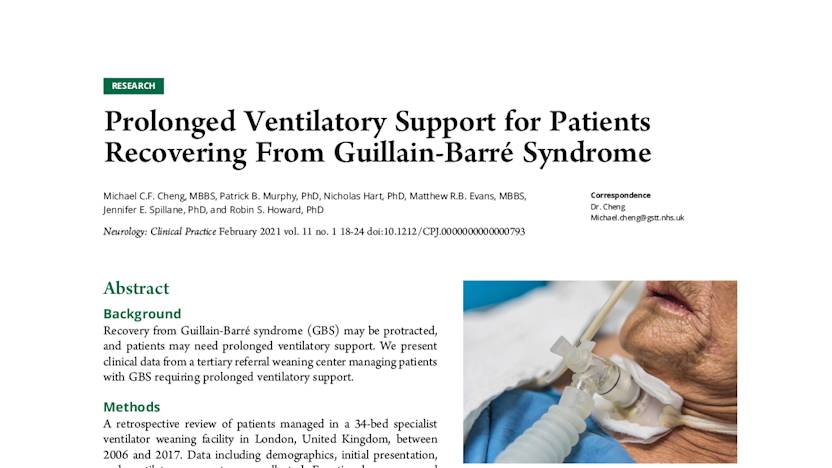



Ongoing Support And Rehabilitation Are Crucial For Patients With Guillain Barre Syndrome Who Need Prolonged Ventilation Neurodiem




Guillain Barre Syndrome A Cold Stole My Smile c News




Home Gbs Cidp Foundation International




Guillain Barre Syndrome Physiopedia
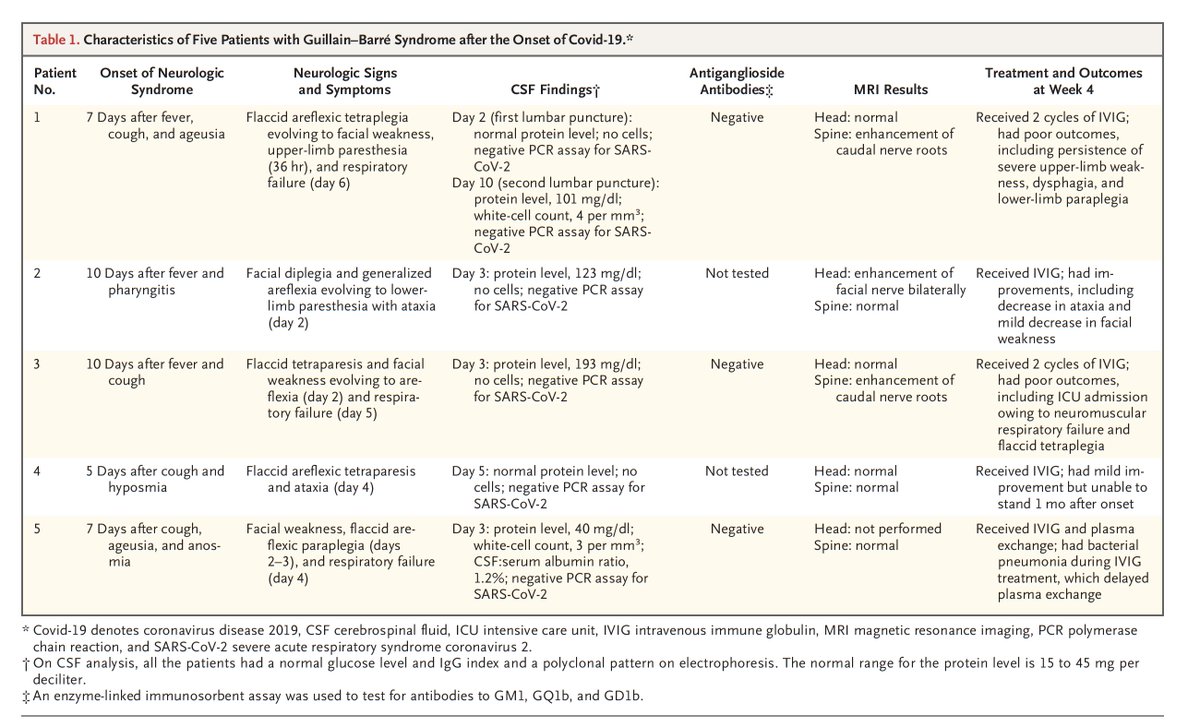



Eric Topol A Guillain Barre Syndrome In 5 Patients Who Were Infected W Covid19 T Co Zkjtake9x9 This Report From Centers From Italy Adds To The Other Central Nervous System Involvement T Co Bmppll3ava




Guillain Barre Syndrome The Bmj




Guillain Barre Syndrome Fda Flags Small Risk With J J Jab Coronavirus Pandemic News Al Jazeera




Guillain Barre Syndrome The Lancet




The Guillain Barre Syndrome And The 1992 1993 And 1993 1994 Influenza Vaccines Nejm
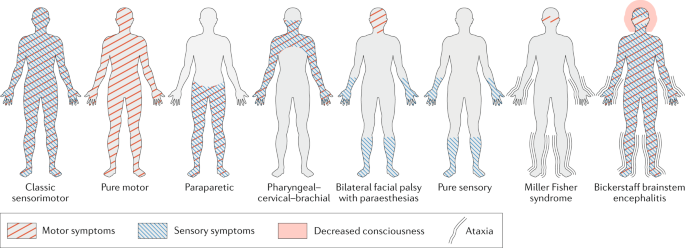



Diagnosis And Management Of Guillain Barre Syndrome In Ten Steps Nature Reviews Neurology




Covid 19 And Guillain Barre Syndrome A Wellcome Open Research




Covid 19 May Be Linked To Risk Of Guillain Barre Syndrome Study The Financial Express




Association Of Matrix Metalloproteinase 9 Polymorphism With Severity Of Guillain Barre Syndrome Journal Of The Neurological Sciences




Guillain Barre Syndrome Rcemlearning
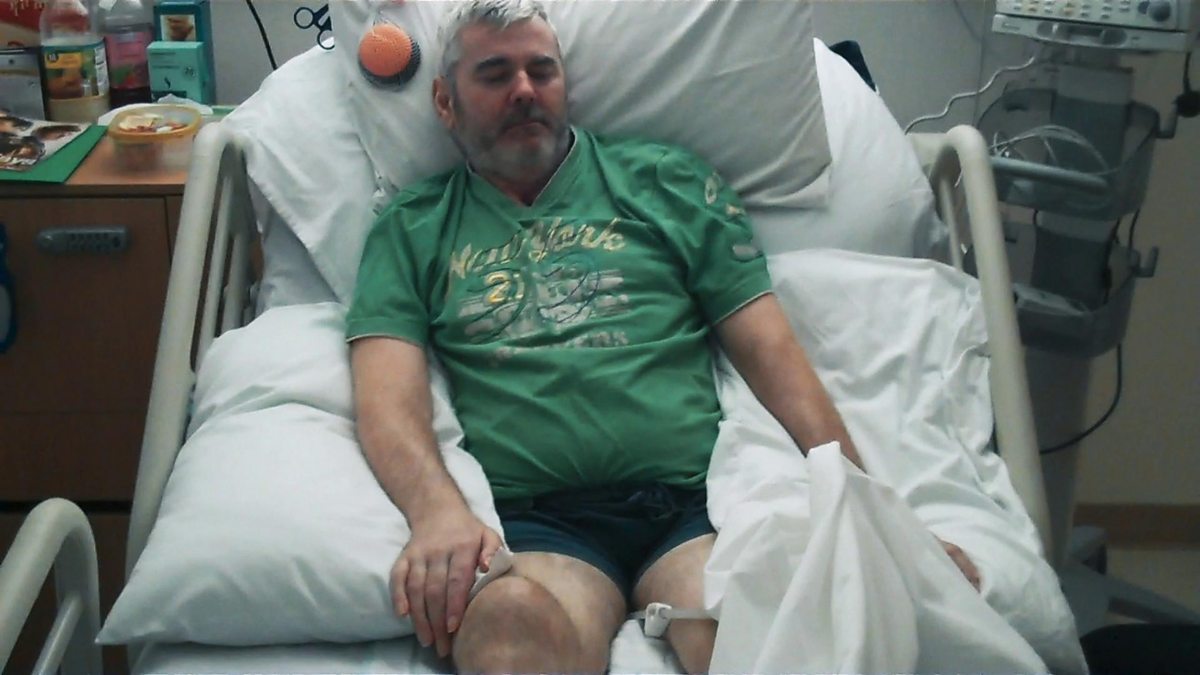



c Four Storyville Locked In Breaking The Silence Meeting People With Guillain Barre Syndrome
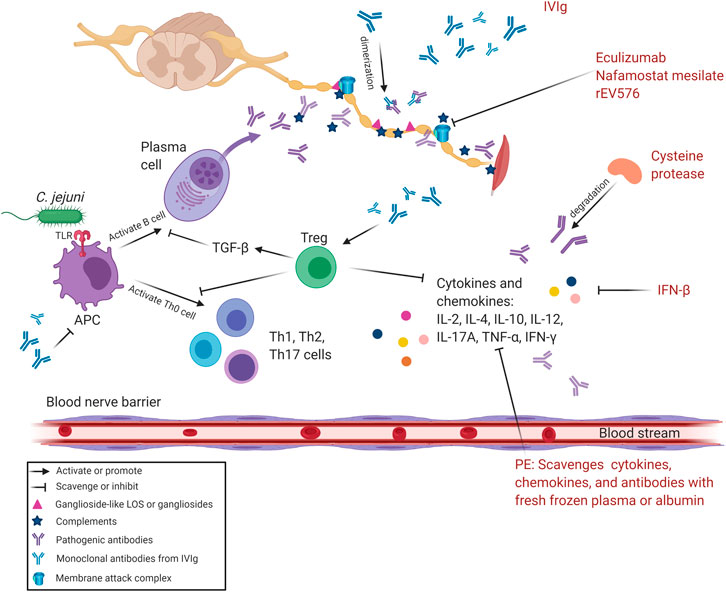



Frontiers Intensive Care And Treatment Of Severe Guillain Barre Syndrome Pharmacology
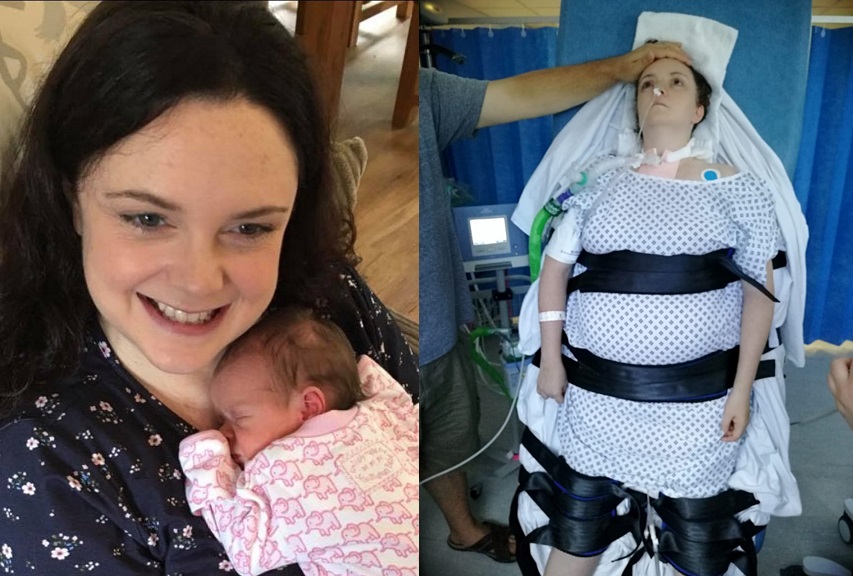



Guillain Barre Syndrome Locked In Paralysed And Unable To Communicate




Fda Warns About Post Covid Vax Guillain Barre Syndrome Medpage Today




Guillain Barre Syndrome The Lancet




Guillain Barre Syndrome Mimics Tham 18 Brain And Behavior Wiley Online Library
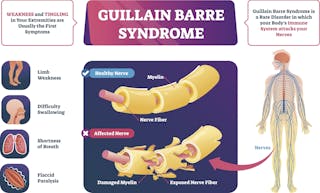



Rare Neurological Disorder Guillain Barre Syndrome Linked To Covid 19
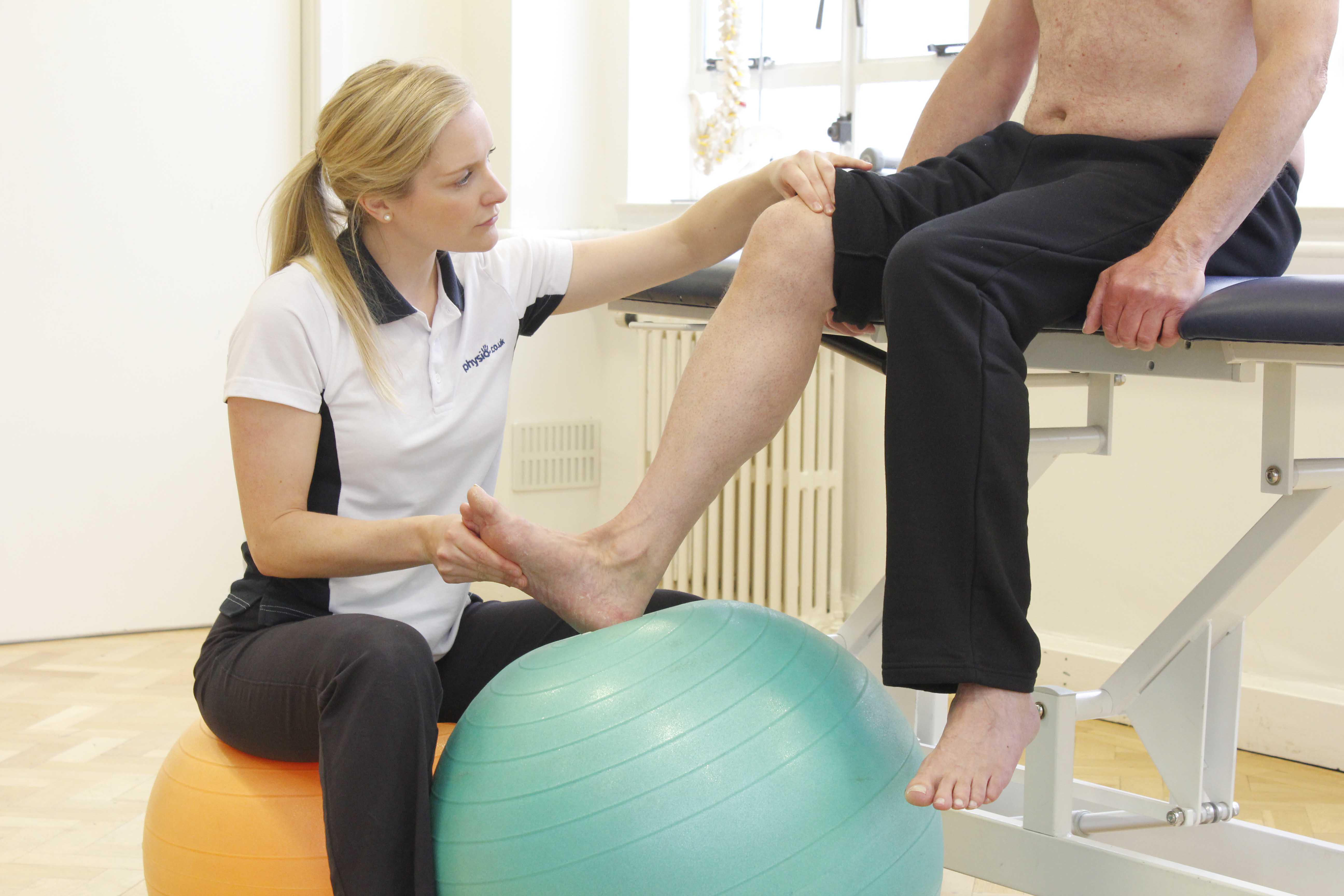



Guillain Barre Syndrome Conditions Neurological What We Treat Physio Co Uk




Fda Plans To Warn J J Covid 19 Vaccine Raises Risk Of Rare Neurological Condition




F D A Attaches Warning Of Rare Nerve Syndrome To Johnson Johnson Covid Vaccine The New York Times




Bickerstaff S Brainstem Encephalitis Miller Fisher Syndrome And Guillain Barre Syndrome Overlap With Negative Anti Gq1b Antibodies Stevenson 03 European Journal Of Neurology Wiley Online Library




Original Research Second Ivig Course In Guillain Barre Syndrome With Poor Prognosis The Non Randomised Isid Study Journal Of Neurology Neurosurgery Psychiatry
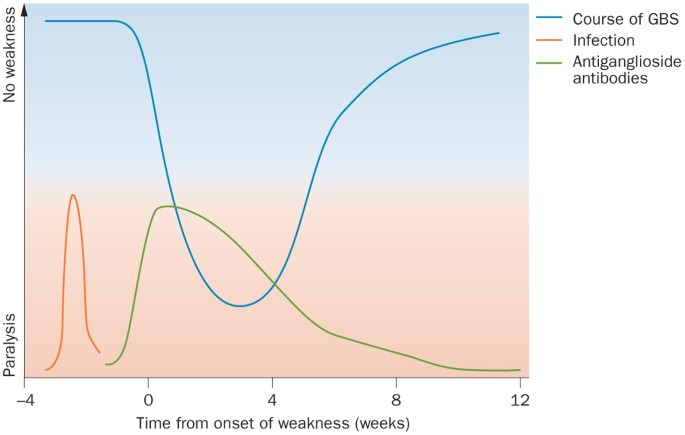



Guillain Barre Syndrome Pathogenesis Diagnosis Treatment And Prognosis Nature Reviews Neurology
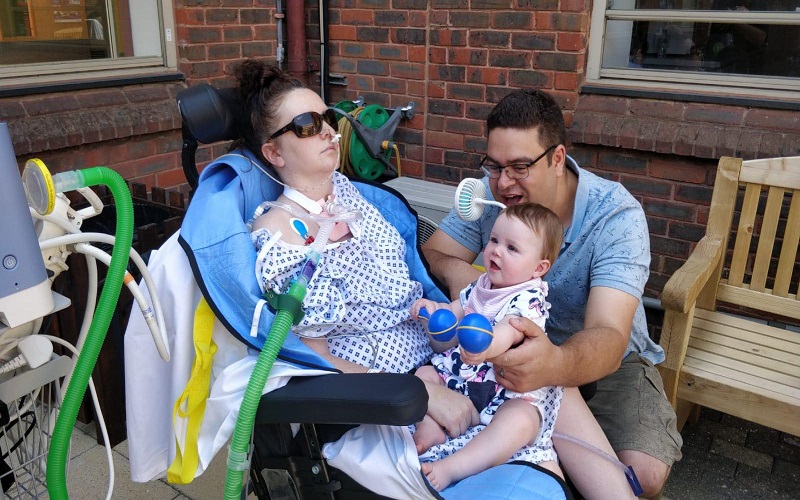



Guillain Barre Syndrome Locked In Paralysed And Unable To Communicate
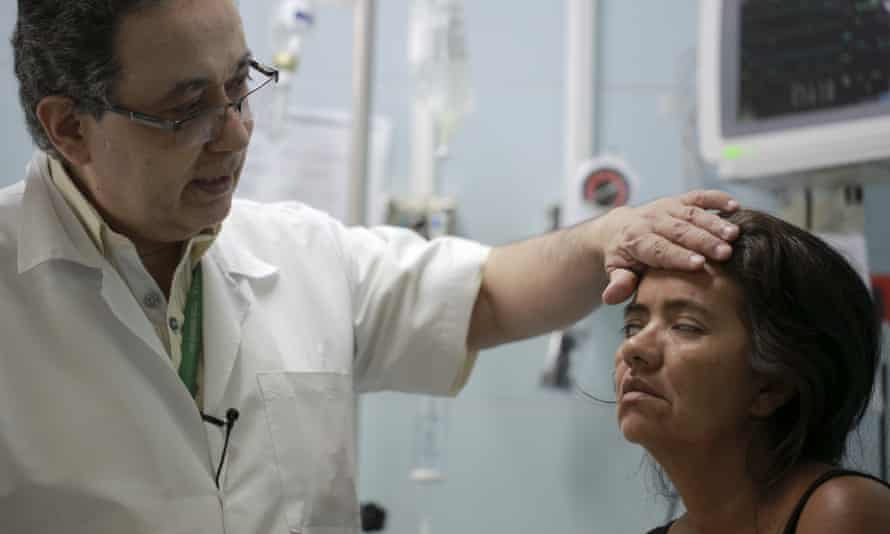



Zika Virus Scientists Present Strong Evidence Of Guillain Barre Link Zika Virus The Guardian
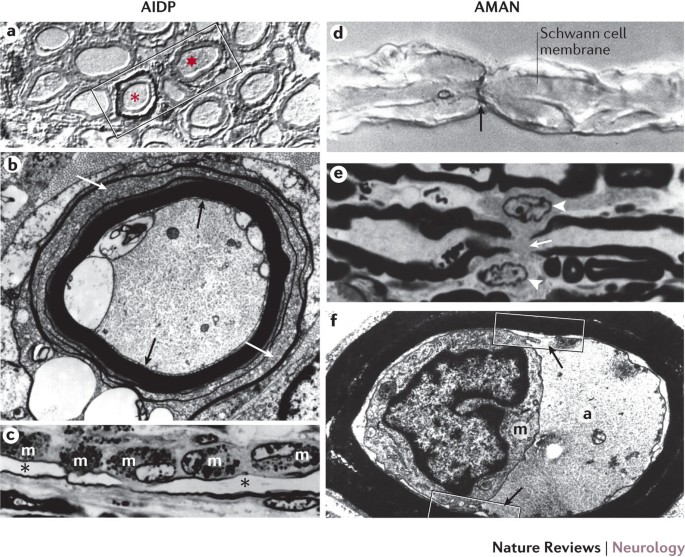



Guillain Barre Syndrome A Century Of Progress Nature Reviews Neurology
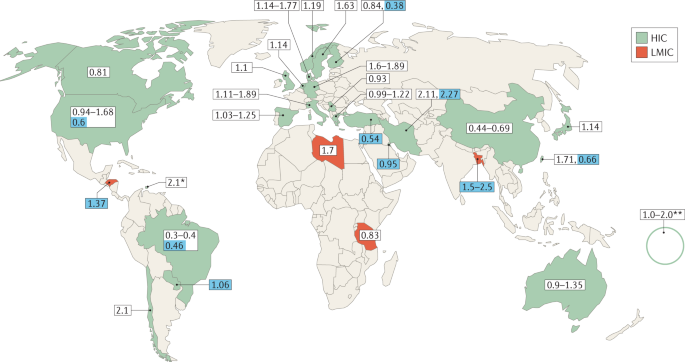



Guillain Barre Syndrome In Low Income And Middle Income Countries Challenges And Prospects Nature Reviews Neurology
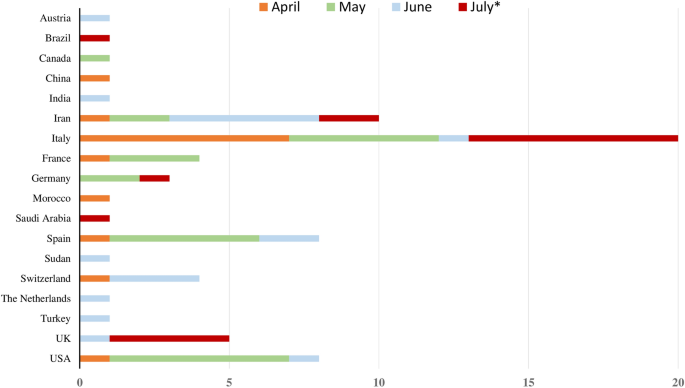



Guillain Barre Syndrome Spectrum Associated With Covid 19 An Up To Date Systematic Review Of 73 Cases Springerlink




Nottinghamshire Student Left Paralysed With Guillain Barre Syndrome Daily Mail Online
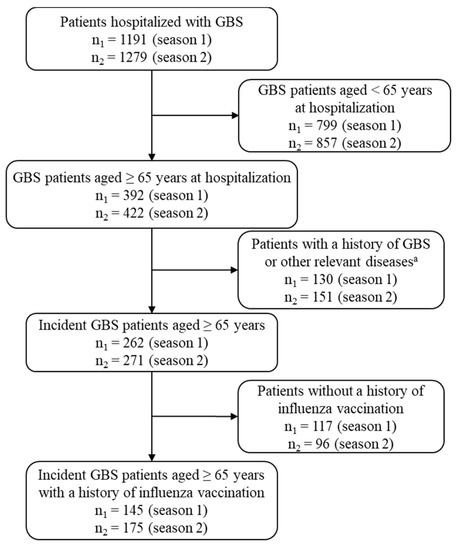



Vaccines Free Full Text Incidence Of Guillain Barre Syndrome Is Not Associated With Influenza Vaccination In The Elderly Html
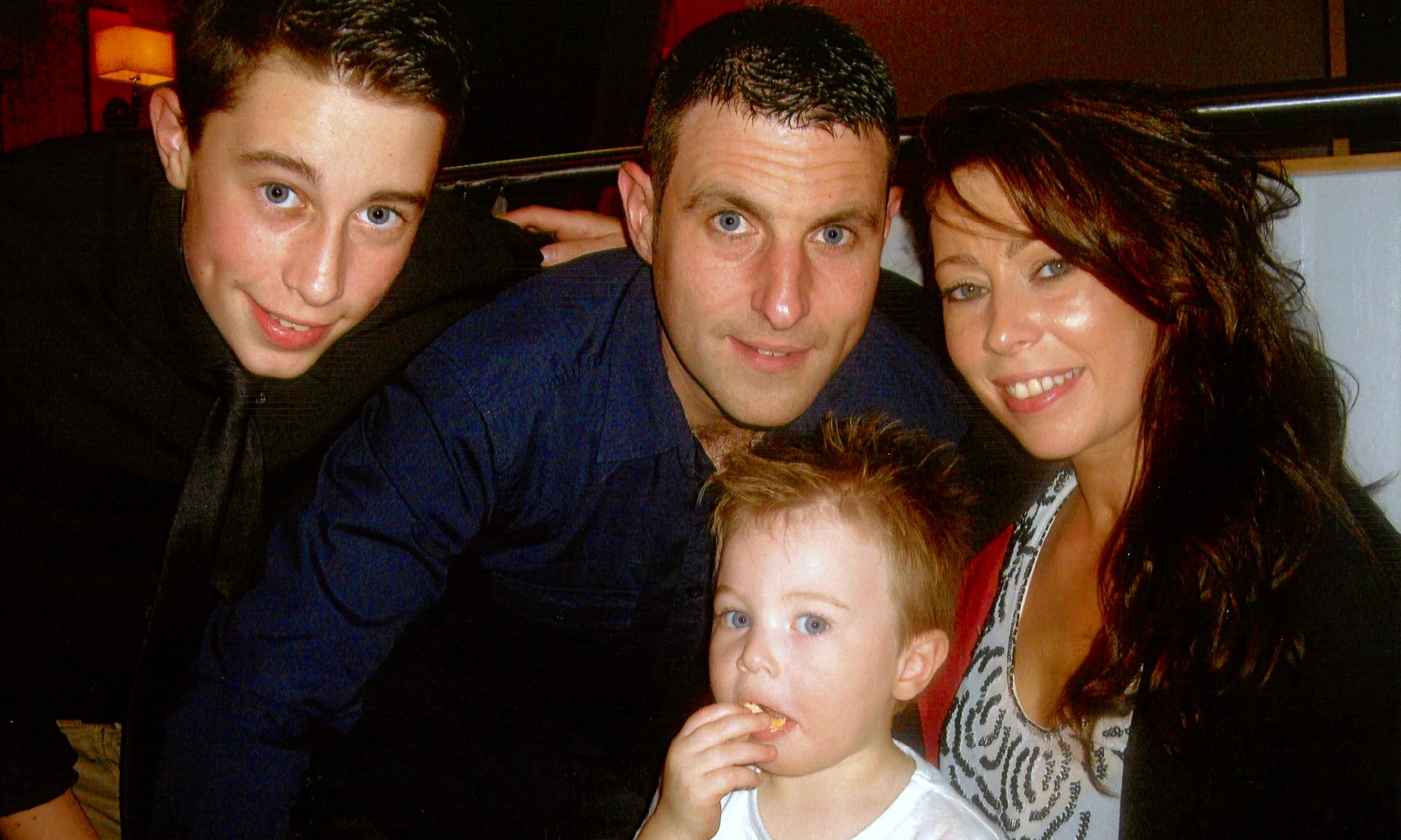



The Nhs Saved My Life I Spent Months Paralysed From Head To Toe Nhs The Guardian




Unusual Variant Of Guillain Barre Syndrome Linked To Covid Vaccines Medpage Today




Explained Guillain Barre And Vaccines What You Need To Know Times Of India




Key Clinical Data And Investigation Results In 112 Guillain Barre Download Table




Guillain Barre Syndrome Manchester Neurotherapy Centre
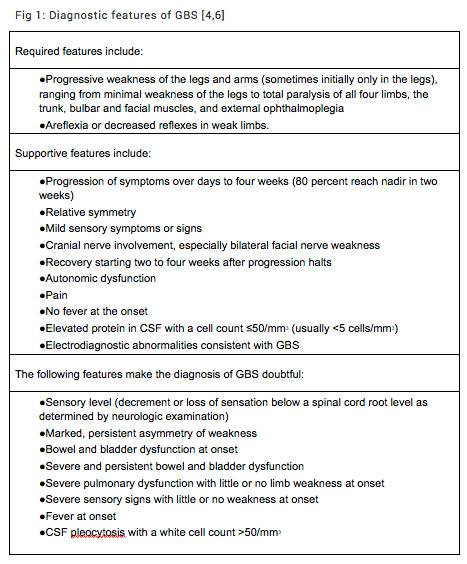



Guillain Barre Syndrome Rcemlearning




References In Guillain Barre Syndrome After Exposure To Influenza Virus The Lancet Infectious Diseases




Distal Limb Weakness Phenotype Of Guillain Barre Syndrome Journal Of The Neurological Sciences
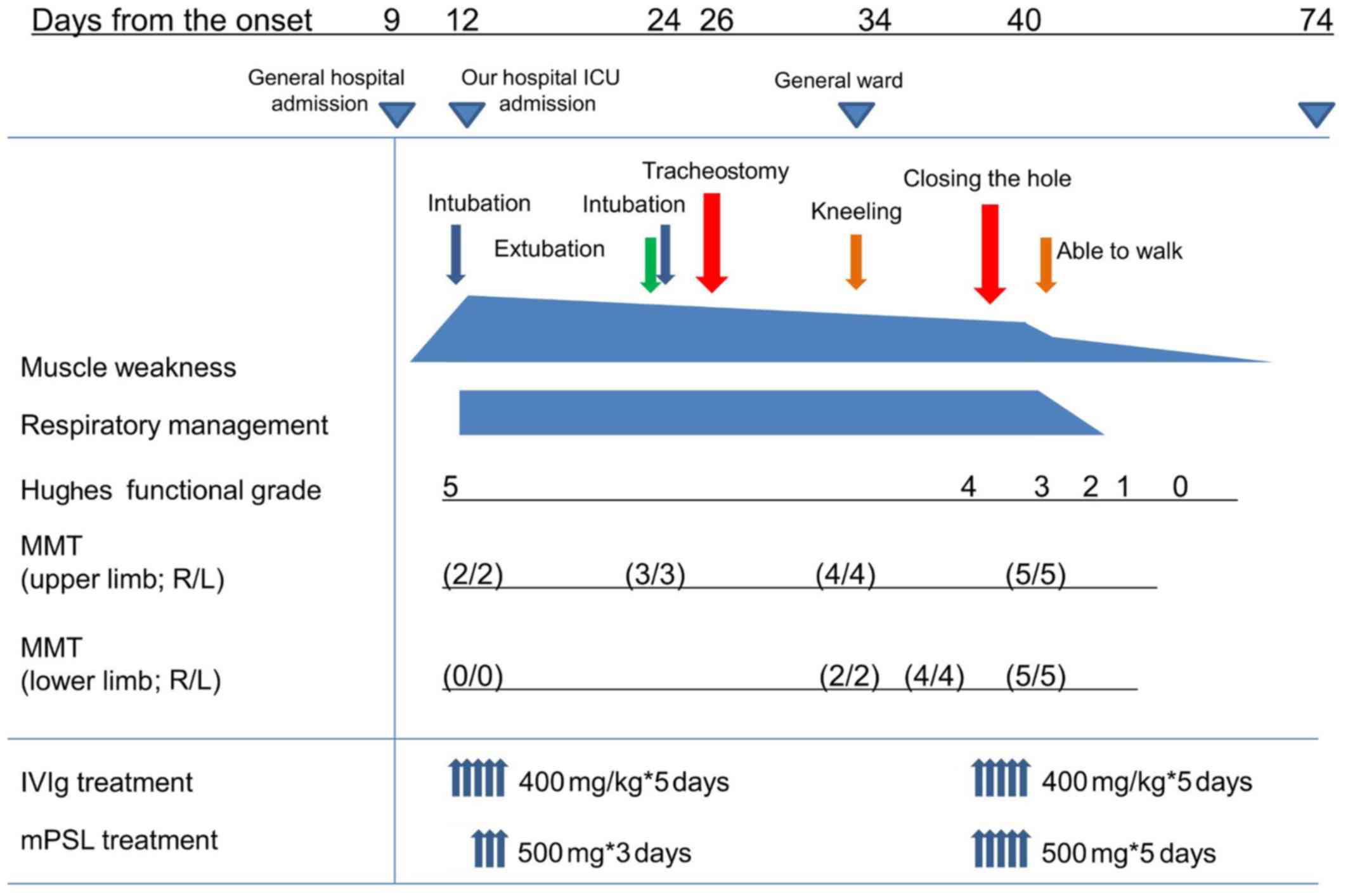



Successful Treatment Of A 12 Year Old Boy With Guillain Barre Syndrome Requiring Tracheostomy Due To Respiratory Muscle Paralysis A Case Report




Guillain Barre Syndrome Survivors Share Experience




Guillain Barre Syndrome In Asia Journal Of Neurology Neurosurgery Psychiatry
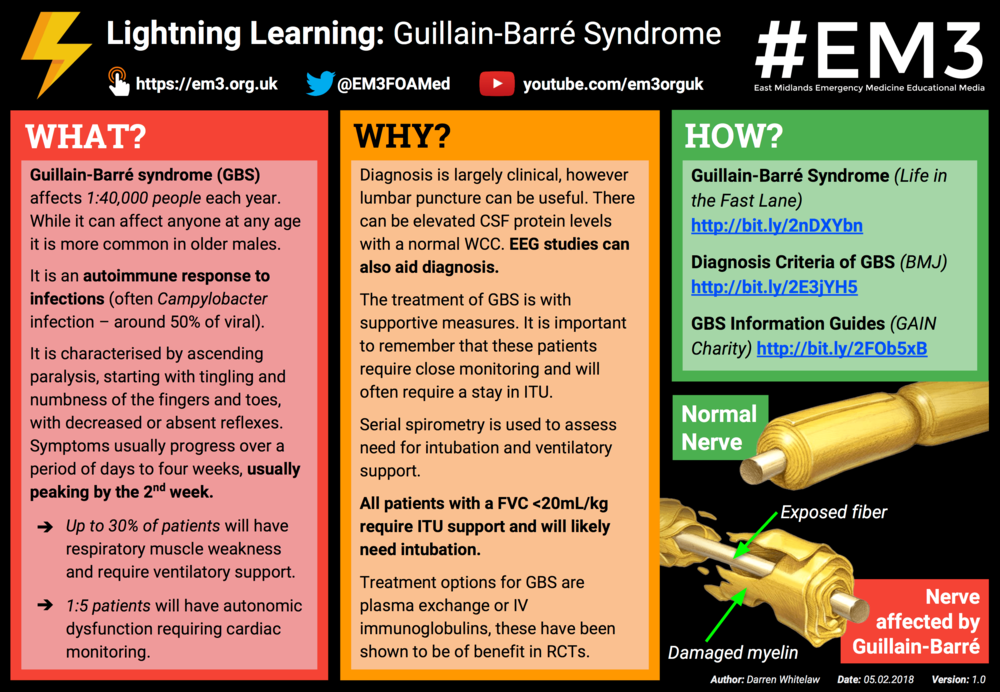



Lightning Learning Guillain Barre Syndrome Em3 East Midlands Emergency Medicine Educational Media
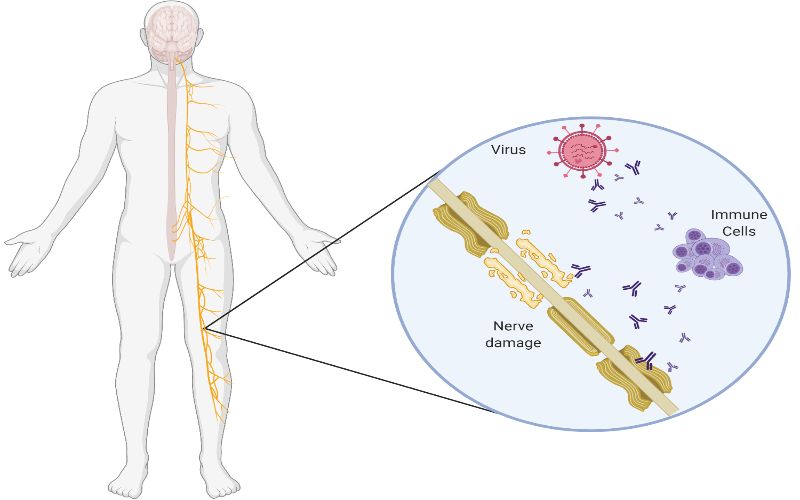



No Association Between Covid 19 And Guillain Barre Syndrome Ucl News Ucl University College London




Guillain Barre Syndrome In Litigation Nr Times
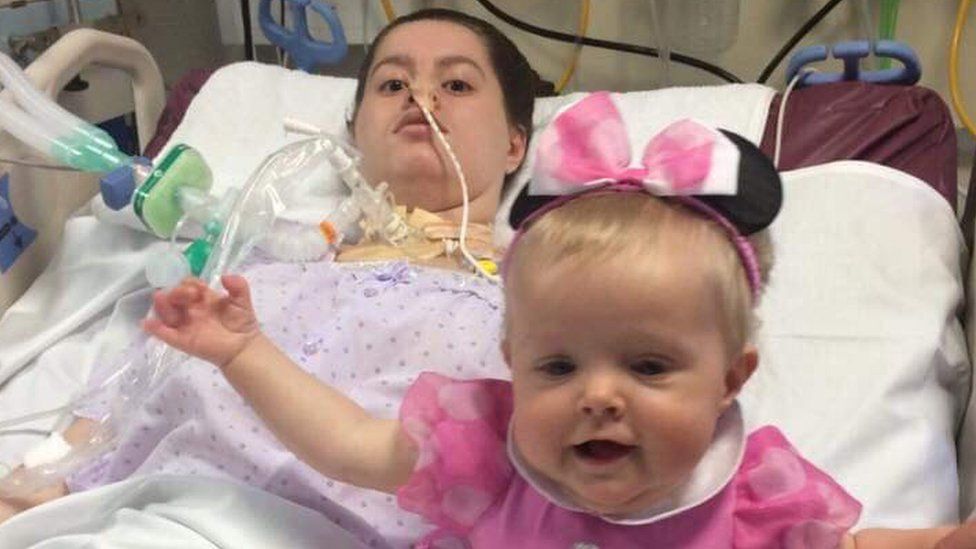



Guillain Barre Syndrome A Cold Stole My Smile c News
/GettyImages-1279320420-b03e2c02778b4db3b56c1fd7d7948e71.jpg)



Covid 19 Not Associated With Guillain Barre Syndrome Research Finds
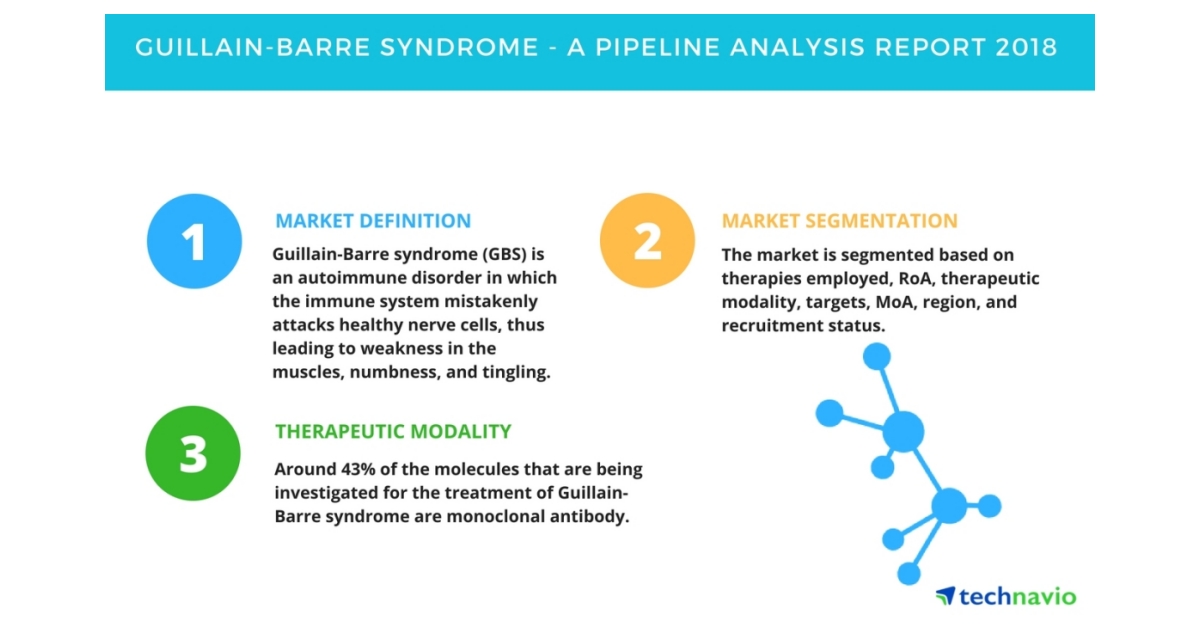



Guillain Barre Syndrome A Pipeline Analysis Report 18 Technavio Business Wire




Guillain Barre Syndrome Gbs Oakwood Solicitors Ltd




Guillain Barre Syndrome The Lancet




Guillain Barre Syndrome American Academy Of Pediatrics




Guillain Barre Syndrome Symptoms Causes Diagnosis And Treatment
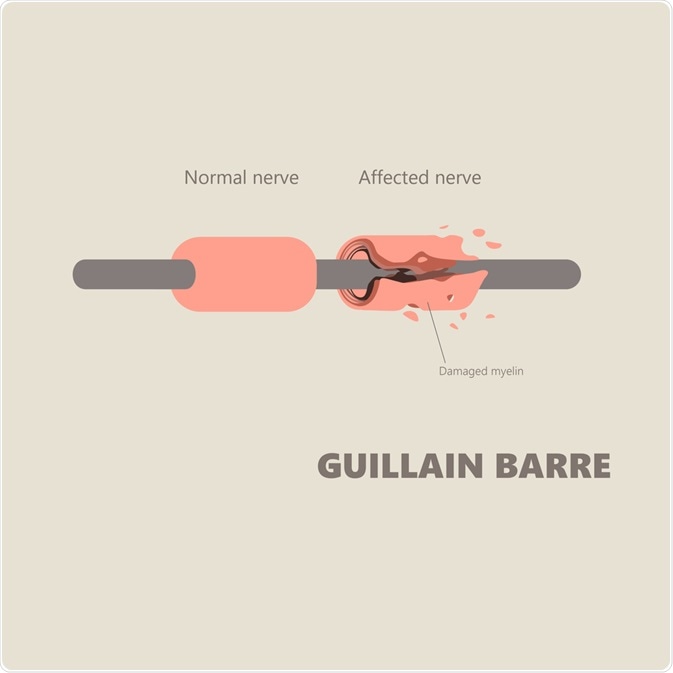



Guillain Barre Syndrome Treatment




Clinical Profile Functional Outcome And Mortality Of Guillain Barre Syndrome A Five Year Tertiary Care Experience From Nepal
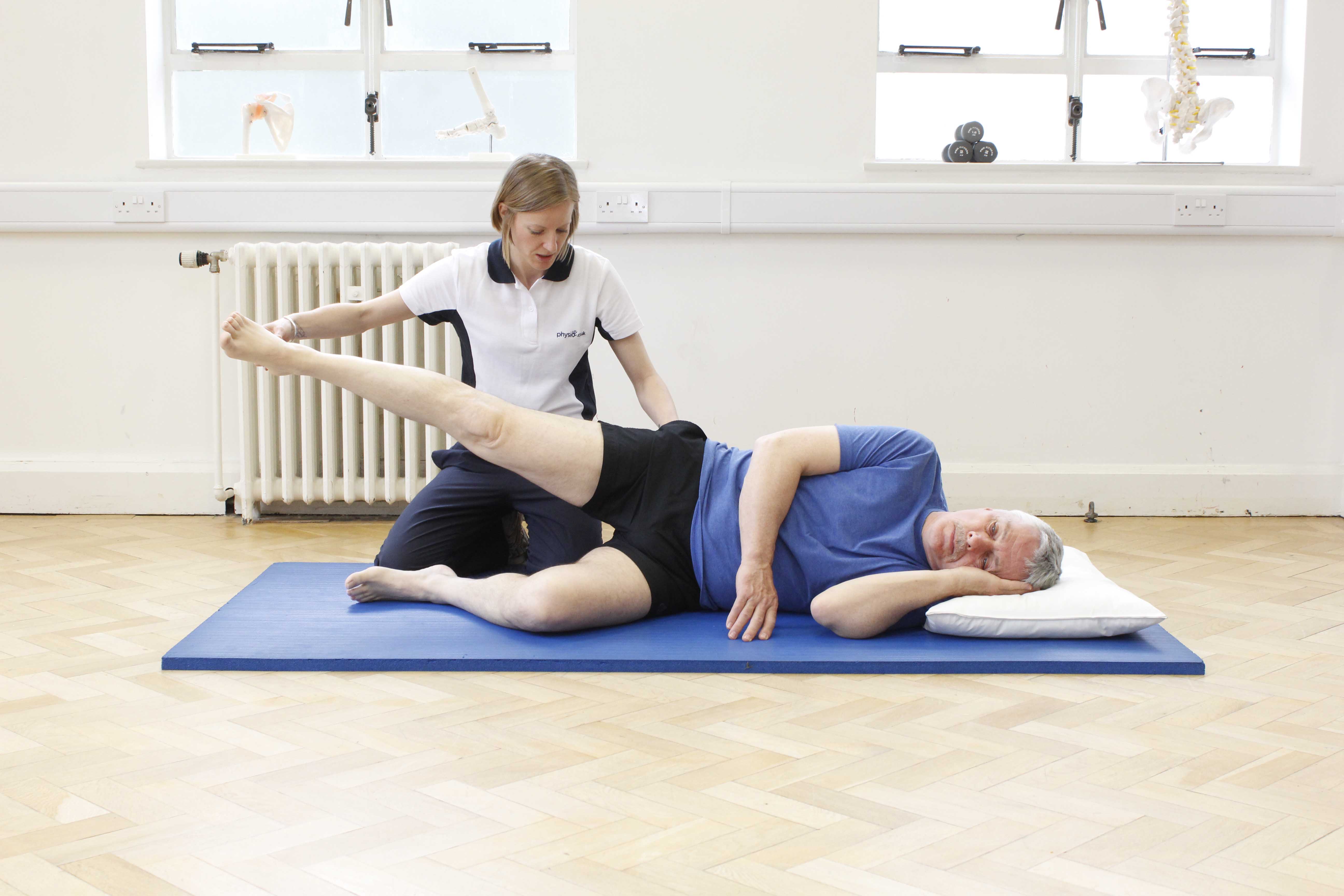



Guillain Barre Syndrome Conditions Neurological What We Treat Physio Co Uk




Guillain Barre Syndrome Recovery And Complications




Covid May Be Linked To Risk Of Guillain Barre Syndrome A Rare Disorder Causing Paralysis Study



2




Covid Help Desk I Ve Had Guillain Barre Syndrome With A Flu Shot What Is My Risk With The Vaccine




Guillain Barre Syndrome And Its Variants As A Manifestation Of Covid 19 A Systematic Review Of Case Reports And Case Series Journal Of The Neurological Sciences
/GettyImages-607034651-56f73ffe3df78c78418e3b64.jpg)



Guillain Barre Syndrome Gbs Causes Symptoms More




A Retrospective Analysis Of Possible Triggers Of Guillain Barre Syndrome Sciencedirect




No Conclusive Association Between Covid 19 Infection And Guillain Barre Syndrome Finds Study Health News Firstpost




Guillain Barre Syndrome The Other Deadly Disease Lurking In Zika Mosquitoes The Independent The Independent




Original Research Second Ivig Course In Guillain Barre Syndrome With Poor Prognosis The Non Randomised Isid Study Journal Of Neurology Neurosurgery Psychiatry
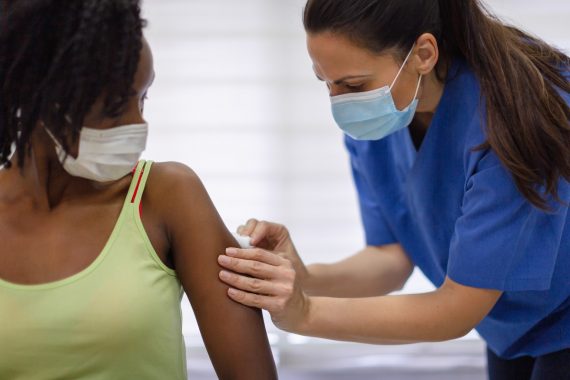



Single Dose Covid Vaccine Linked With Rare Cases Of Guillain Barre Syndrome Pulse Today




Study Finds No Link Between Covid 19 Guillain Barre Syndrome Cidrap




Guillain Barre Syndrome Associated With Sars Cov 2 Nejm
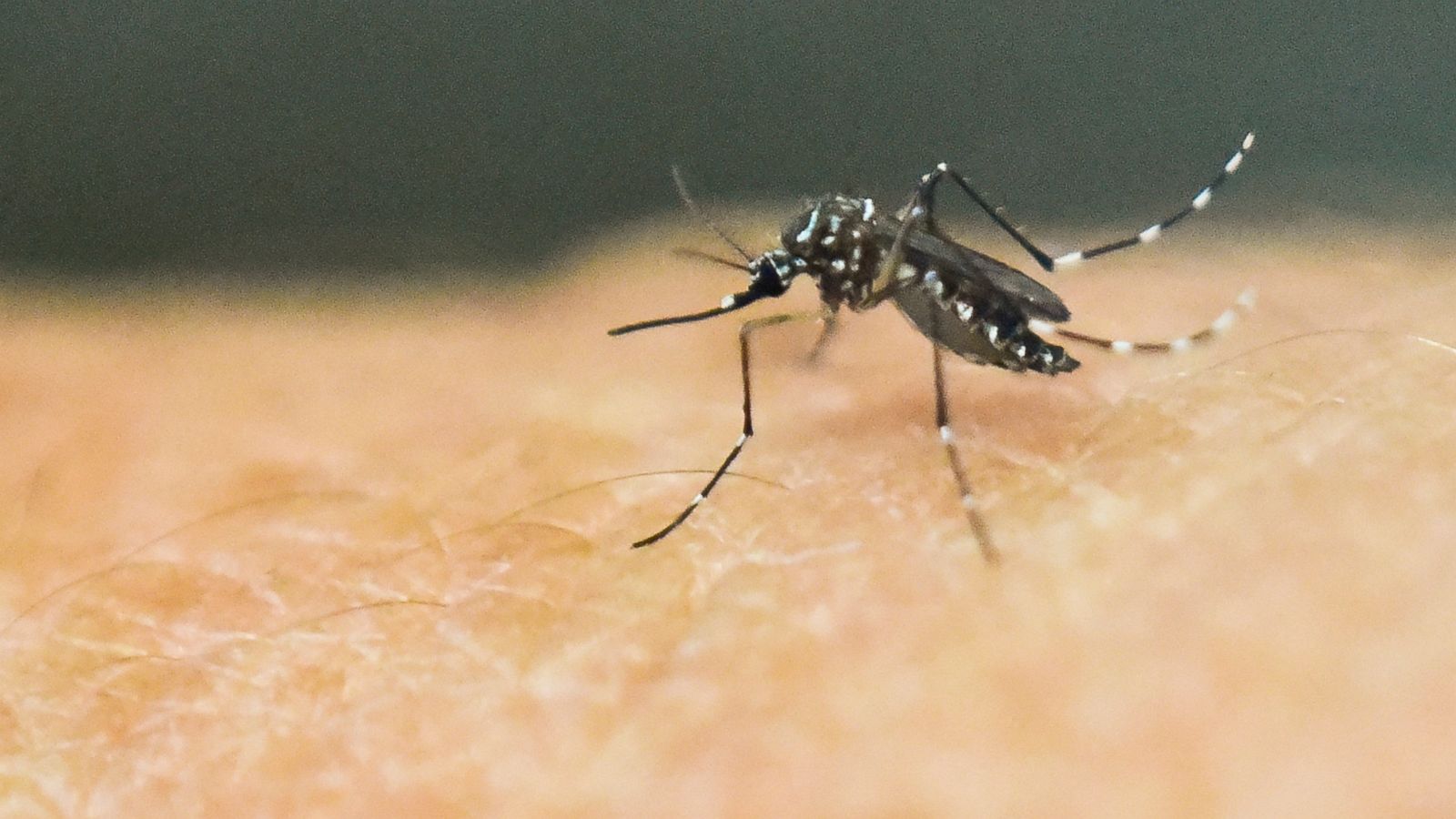



Further Evidence Of Link Between Guillain Barre Paralysis Syndrome And Zika Virus Infection Study Finds Abc News
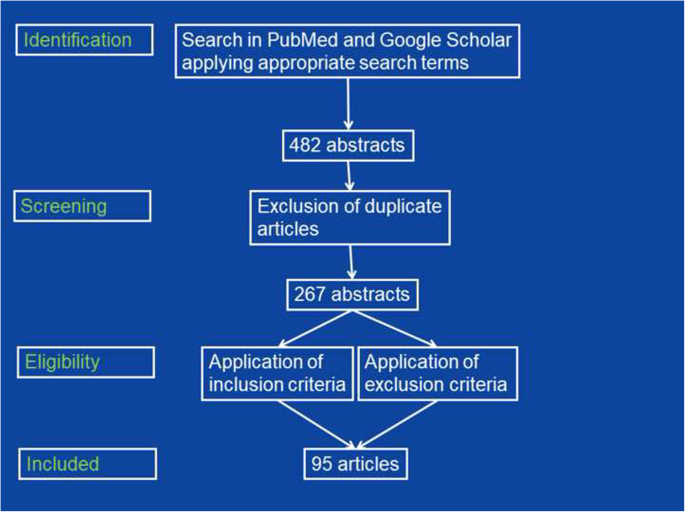



Guillain Barre Syndrome In 2 Patients With Covid 19 The Egyptian Journal Of Neurology Psychiatry And Neurosurgery Full Text




Rarest Of Covid Vaccine Reactions Guillain Barre Syndrome Whyy



0 件のコメント:
コメントを投稿